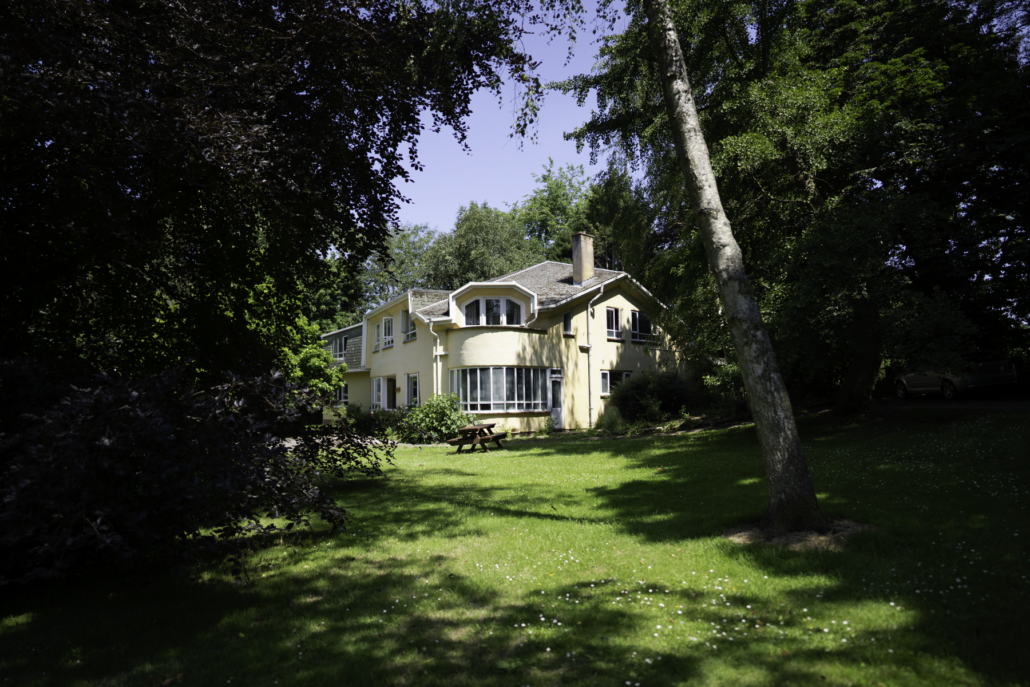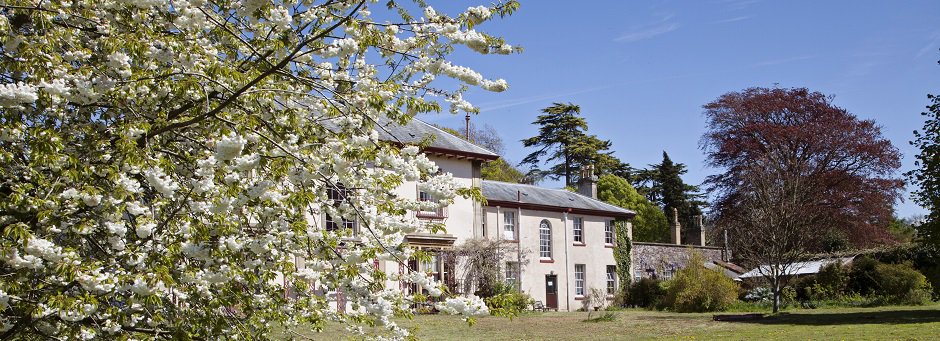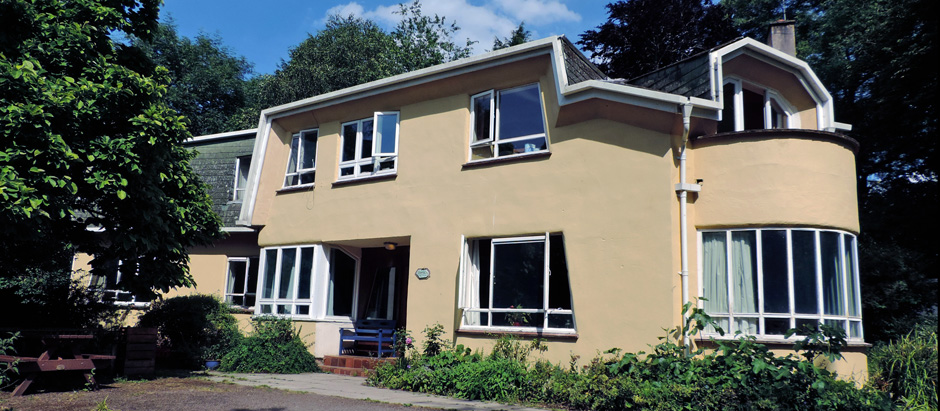Sheiling School at Thornbury Park Estate
Sheiling School came into being in 1952 to add to and extend the pioneering and innovative provision for the care and education of children with learning disabilities already being developed at the Camphill school estate in Aberdeen, Scotland. Initially it served the care and educational needs of children with cerebral palsy, who benefitted from the peaceful, nurturing location, the warmer climate (in comparison to Aberdeen) and the dedicated team of co-workers who were motivated to provide an alternative to institutional care. These pioneer co-workers freely chose to create a rich cultural life, a mutually supportive social life and an extended family atmosphere in which the children found a deep affirmation of their right to develop to their full potential.
Over time the school gradually developed to meet the growing need for the care and education of children with multiple learning disabilities, to whom it brought its pioneering, innovative and holistic approach to care, education and therapies.
The time through the 1960s, 1970s and 1980s heralded a remarkable time of expansion of the Camphill approach to holistic education throughout the world. This was accompanied by a similar development in specialist training centres for young adults with learning disabilities and a wide range of rural and urban intentional communities allowing adults with learning disabilities to find deeply meaningful shared life and work with others with and without learning disabilities.
Sheiling School added its own unique contribution to the rich diversity of provision within Camphill Communities throughout this period. Indeed throughout this time there were many entrepreneurial, pioneering co-workers who, after many years service to the school, went on to create other remarkable places devoted to developing the full potential of many children and adults.
Sheiling School’s rich history of development is evident everywhere throughout the Thornbury Park Estate in which it has grown. Indeed, the estate today would not be the beautiful, loved and peaceful environment about which so many visitors comment, without all this past, formative history. It has been transformed by the lives of all the children, carers, teachers, and therapists who have shared in the mutually life enhancing creation of everyone involved in the school over more than 60 years.
There would be no grade 2 locally listed Thorn Hall, still after so many years a unique piece of architecture, a worthy school house and a wonderful cultural venue. There would be none of the other distinctive buildings on the estate, all of which were created specifically to serve the care and the educational needs of so many children throughout this time. Amongst these are the houses which provided for the extended family home life for the children in the past and which have now been converted for the present residential needs for a new generation of children.
The therapy building, Chalice, the craft workshops at Cinnabar and the purpose built swimming pool were all built during a creative phase of building over 25 years ago, and continue to be much loved and well used spaces.
Thornbury Park House, the original late Georgian house on the school estate which provided the main home life for the first intake of children and for many others over a period of 50 years, took on a new lease of life in recent years by becoming the main administrative centre of Sheiling School.
When anyone now walks around the school estate it may be difficult to imagine that many of the trees which add to the beauty of the estate and most of its gardens have come about through the combined contribution of children and staff throughout its 60 year history.
A 38 year old Turkey Oak growing on one side of Sheiling School drive was grown from a seed collected by a pupil from the Turkey Oak behind Halliers House, where he lived for 2 years. He cared for it in a pot for those 2 years, before planting it in its present position.
The wonderful 55 year old Balsam Poplar between Thorn Hall and Avalon was taken as a cutting from the original one in the Camphill Schools in Aberdeen by a teacher when the ground around Thorn Hall was landscaped. There are other trees planted in memory of former pupils, teachers and carers and others planted for special festivals or cultural occasions, or planted on the what was a regular Friday afternoon gardening time for all children and staff. A small school farm, together with organically grown vegetables and fruit from the walled garden and orchards were always available from the early years of the school’s history and much of the educational, cultural and social life of children and staff was embedded in relating all learning to the world around.
Creating a relationship to the natural world, involving learning through ”head, heart and hands” was already a principal foundation of the Holistic Education pioneered in Sheiling School and other Camphill schools. It underpins all the new developments in becoming an Eco School and in all the wonderful work done through the outdoor curriculum.
Nearer to the present time the present Sensory Garden and Flower Meadow in front of Thorn Hall was created for the 60th anniversary of the school. But it came about through the enthusiasm of some pupils who enjoyed digging and creating a new pond and bog garden as part to their gardening main lesson. This then led to the whole school community becoming engaged in its making, involving the use of many skills from doing dry stone walling, willow fence weaving and in making clay mobiles to hang in the garden, to name a few of the outcomes from the initial development. This newer creation becomes itself part of the new landscape shaped by another generation of pupils, teachers and carers.
These few examples among so many from the history of Sheiling School can serve to show something of the particular quality of the Holistic education that has always been the basis of all that pupils and staff can achieve together through interaction with this unique school environment.
Written by Tom Burns



